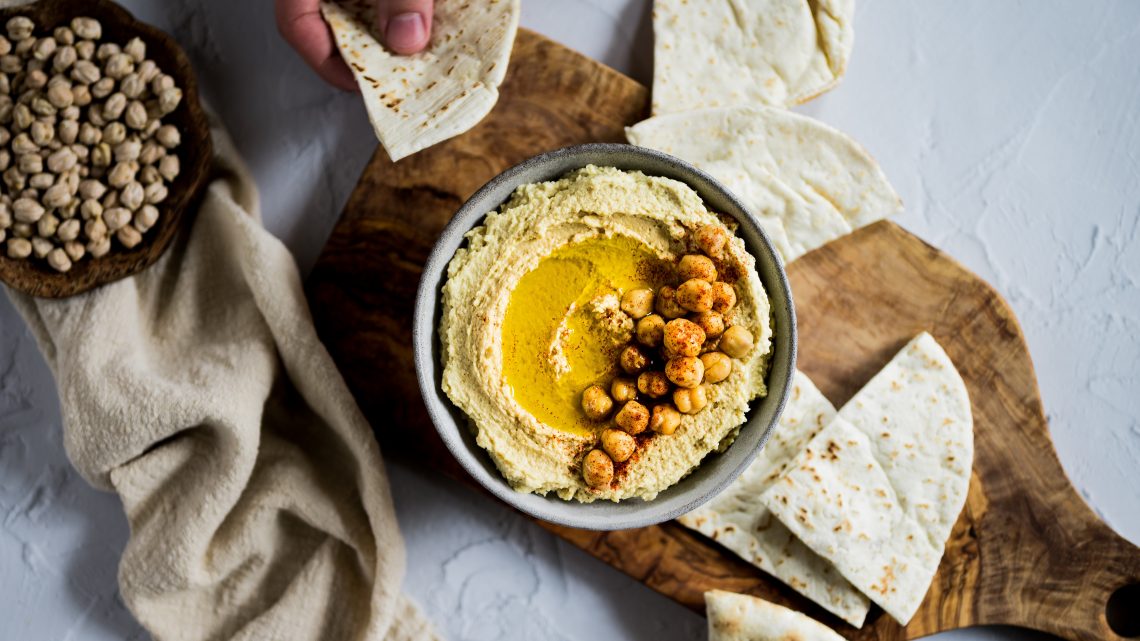Taste the Magic: Exploring the Flavour Profile of Tahini
Are you ready to dive into the world of one of the most versatile and delicious condiments out there? We’re talking about tahini! In this post, we’ll explore everything you need to know about tahini, from its ingredients and taste to its health benefits and place in vegan diets.
What is Tahini Made Of?
Tahini is a creamy, savoury paste that hails from the Middle East and is a staple in Mediterranean and Middle Eastern cuisines. It’s made primarily from one key ingredient: sesame seeds. These tiny powerhouses are toasted and ground to create a smooth and rich paste. The process is straightforward, with no added preservatives or chemicals.
Is Tahini Good or Bad for You?
Tahini is not only delicious but also quite nutritious. It contains essential nutrients like healthy fats, protein, fibre, vitamins, and minerals. The monounsaturated and polyunsaturated fats in tahini can help lower bad cholesterol and reduce the risk of heart disease. Additionally, tahini is a great source of calcium, which is essential for strong bones.
However, like all foods, moderation is key. Tahini is calorie-dense due to its fat content, so it’s best enjoyed in reasonable portions as part of a balanced diet.
What Does Tahini Taste Like?
Tahini has a distinct nutty and earthy flavour with a hint of bitterness. It’s creamy and smooth in texture, making it an excellent addition to both sweet and savoury dishes. The flavour can vary slightly depending on the type of sesame seeds used and whether they are roasted or raw.
Why is Tahini Not Vegan?
Tahini is generally considered vegan-friendly because it’s made solely from sesame seeds and doesn’t involve animal products. However, there can be exceptions. Some commercial tahini brands may add ingredients like honey to enhance flavour, making their products non-vegan. To ensure your tahini is vegan, always check the ingredient list.
Is Tahini Healthier Than Nut Butter?
Tahini and nut butter each have their unique set of nutrients. While nut butter like almond or peanut butter offers more protein, tahini is often considered healthier due to its lower saturated fat content. Tahini is an excellent source of healthy fats, specifically monounsaturated fats, which are heart-healthy.
Ultimately, the choice between tahini and nut butter comes down to personal preference and dietary needs. Both can be part of a balanced diet.
Why Do People Eat Tahini?
People incorporate tahini into their diets for various reasons. Its rich, creamy texture and nutty flavour make it a versatile ingredient in both sweet and savoury dishes. Some popular uses of tahini include:
- Tahini is a key ingredient in hummus, a popular Middle Eastern dip.
- It’s used to make creamy dressings for salads and drizzled over roasted vegetables.
- Tahini can add a unique flavour to cookies, brownies, and cakes.
- It’s a nutritious addition to smoothies, adding creaminess and flavour.
- As a vegan-friendly source of creaminess, it’s used in recipes like vegan cheese and sauces.
- Tahini is often used as a dressing for Middle Eastern kebabs, adding a delightful creaminess and nutty flavour to the grilled meats and vegetables.
Unlock the Nutty Magic of Tahini in Your Kitchen
Tahini is a delightful and nutritious addition to your pantry. Whether you’re a seasoned tahini enthusiast or just starting to explore its possibilities, you’ll find its unique flavour and versatility hard to resist. So, go ahead, grab a jar of tahini, and let your culinary creativity flow!










